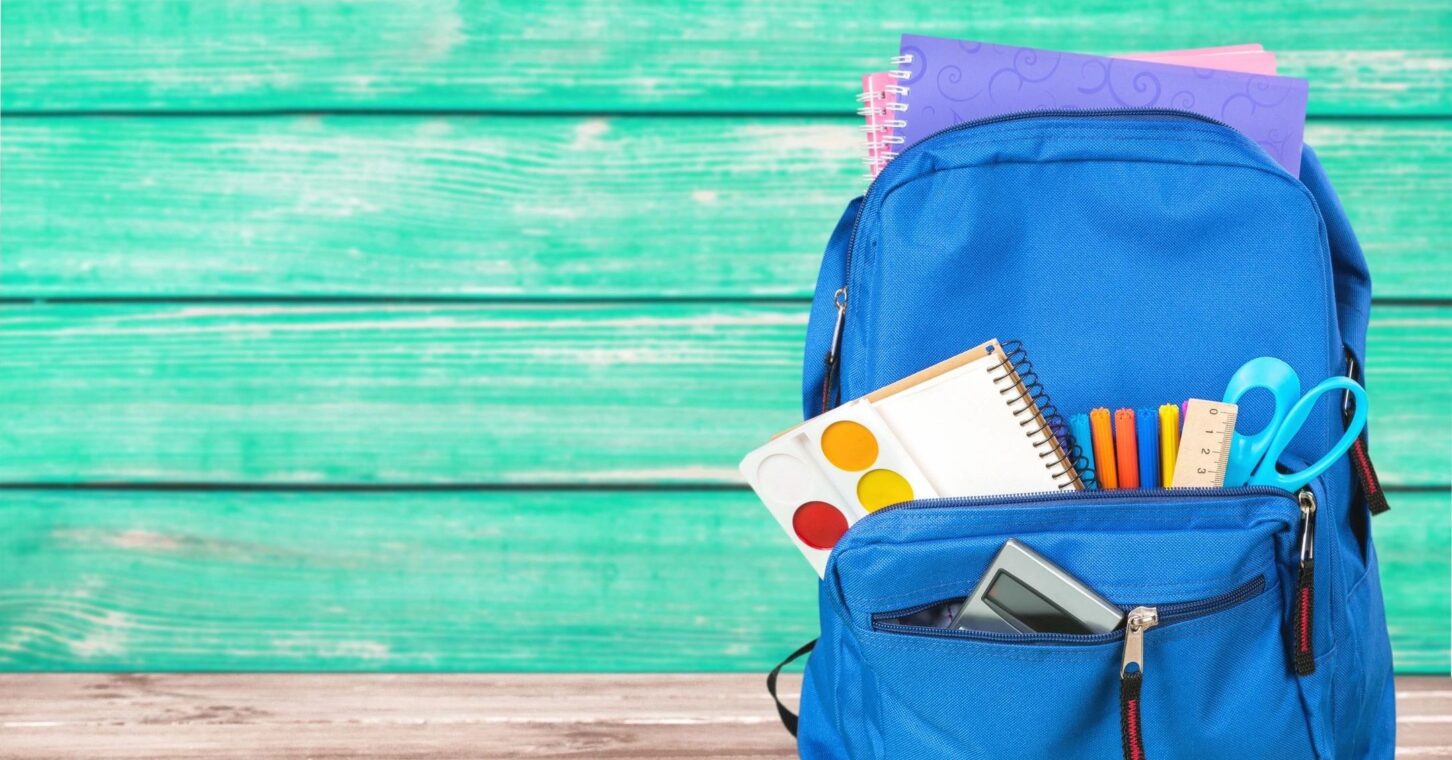
2020 will unfortunately, but rightly, go down as the “Year of COVID.” Partly as a reaction to many policy responses to COVID, 2021 has been hailed as the “Year of School Choice.”
Last year, 18 states combined to enact seven brand-new school choice programs, and to expand 21 existing programs. New programs include tax credit or education savings account (ESA) programs in Arkansas, Indiana, Kentucky, Missouri, New Hampshire, Ohio and West Virginia. Georgia expanded our Special Needs Scholarship Program, and a number of other states also expanded some of their existing school choice programs. All told, EdChoice’s Jason Bedrick estimates the number of American students in private school choice programs could jump from around 608,000 to over 1.6 million if all available seats were filled.
This is all excellent news. But even if all of those new seats were filled, they would cover less than 4% of American K-12 students. 2021’s victories will help students and are great news, but passing bills is not the same as filling seats in schools of families’ choice. I offer a few suggestions for supporters of school choice to make 2022 the “Year of Educational Freedom”:
Be bold. According to new research by Jay Greene and James Paul, legislators should rethink their strategy of pushing for small and very targeted programs. Instead, they should consider going big, focusing on “universal school choice programs without means-testing or caps on program size,” or “efforts to identify school choice as a mechanism that allows families to find learning options that reflect their values, enabling them to reject curriculum they do not like….” Forever building political coalitions appears not to help if the goal is to expand school choice. The coalition partner that school choice supporters should seek is not every policymaker, but parents. Hearkening to parents’ desires even with non-traditional allies seems to have been key to the success of both Ron DeSantis in Florida and Glenn Youngkin in Virginia.
Notice the middle class as an underserved constituency. Wealthy families have always had educational freedom, and they always will: They can simply pay tuition, or move to a different school district. Most school choice programs are designed for – and limited to – poorer students, or those in low-performing schools (which is a proxy for living in a poor area). Those students are the most in need, and they should be able to take advantage of school choice programs. But any program that leaves out large constituencies will always be at some risk. In a 1972 debate with Milton Friedman about Social Security, former Secretary of Health, Education and Welfare Wilbur Cohen argued,
“I am convinced that, in the United States, a program that deals only with the poor will end up being a poor program. . . And a program that is only for the poor–one that has nothing in it for the middle income and the upper income–is, in the long run, a program the American public won’t support.”
Bringing in a much larger voting constituency – the broad middle class – to support particular programs would actually help cement in place other programs designed for poorer citizens; this is a basic principle of political science. (And, though not often discussed, the fact that middle-class, suburban schools often underperform has been noted for a long time. Suburbanites may be interested in programs designed for their areas, too).
Be creative. School choice, like many aspects of American society, will look very different post-COVID. Charter schools and programs that will help more private schools operate are very useful. But just as people are increasingly looking for more tailored experiences in terms of their jobs, their shopping for major or minor purchases, or whatever other interests they have, families are now also looking for even more bespoke school situations. A 2018 EdChoice study found that Florida families use their ESA funding in a huge variety of ways: on tuition, on tutoring, on curriculum materials, on virtual learning, on physical therapy, and many others. That inclination has surely only grown post-COVID. One solution to this which existed before COVID, grew over the past few years, and is likely to last, is hybrid homeschools – schools in which students attend classes for a few days per week and are homeschooled on the other days. These schools are easier to start and more cost-effective to maintain compared to charter or full-time private schools. School choice programs are likely to be much more creative, varied, and, in fact, weirder, than they might have in the past, and this creativity could open up better solutions for more students. A lot of greenfield space still exists for education entrepreneurs.
School Choice Week is here. May 2022 be the year we see even more school choice in even more places.
